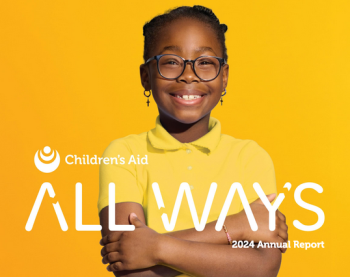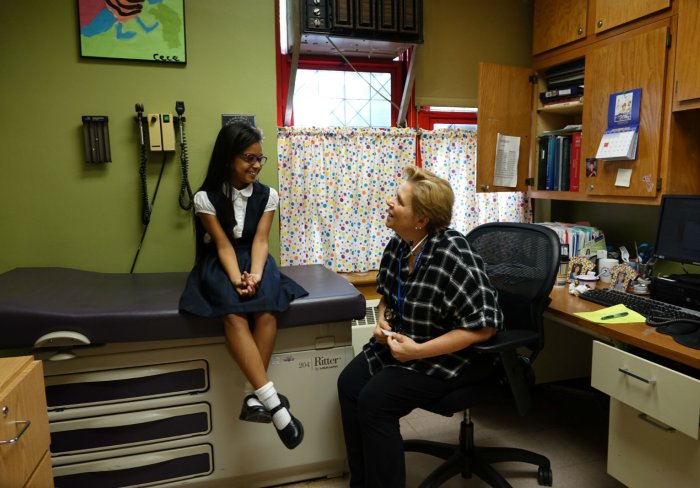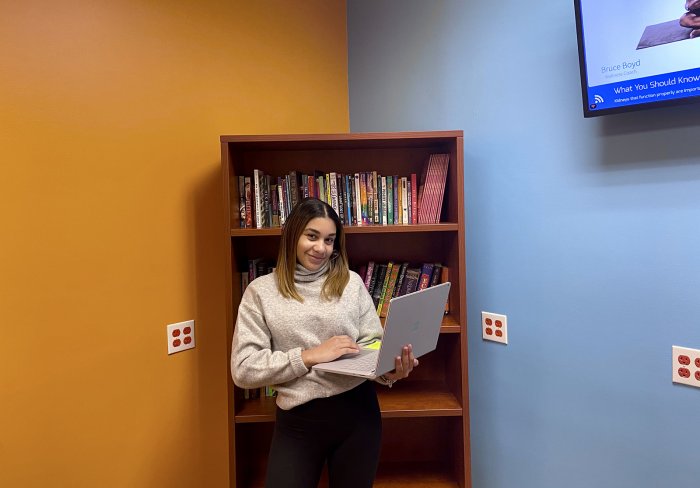On April 1, New York state legislators passed the $175.5 billion FY 20 state budget into law. With control of the Senate flipping in 2018 – for the first time in nearly a decade – this year’s budget represented an opportunity for significant changes to many of Children’s Aid’s key legislative and budgetary priorities. The Office of Public Policy spent countless hours in Albany alongside advocates, service providers, parents, and young people to ensure the state budget would protect and strengthen the programs and funding that allow Children’s Aid to support our children, youth, and families for significant opportunities for success.
In addition to a $27.9 billion increase to school aid, $20 million to assure all New Yorkers are fairly counted in the 2020 census, language classifying New York’s state healthcare exchange created under the Affordable Care Act, and significant reforms to criminal justice policies, the New York State Budget includes:
- $6 million for the Foster Youth College Success Initiative (FYCSI) to continue supporting youth in and aging out of foster care throughout college. New language that clarifies the definition eligibility of foster youth under FYCSI to include “students who are an orphan or are, or have been, either a child or youth in foster care or ward of the court at any time after their thirteenth birthday,” and explains that funds will be awarded based on the needs determined by the institution of higher education for foster youth is in attendance.
- $250 million for community schools, including $50 million in new funding, and an additional $1.2 million to support regional technical assistance centers for community schools for the 2019-2020 school year.
- $27 million for the New York State DREAM Act to enable immigrant students to access higher education.
- New language that increases the time employees can take off to vote without loss of pay from two to three hours.
- An additional $3.82M proposed by the Senate and Assembly for School-Based Health Centers. This is an addition to the $17M currently included in the budget which will benefit centers whose grant funds were disproportionately reduced due to the combination of a 20% cut in the final 2017-2018.
While we saw some important wins for our budget priorities, there were a few that did not fare so well. The budget deferred the Human Services COLA for another year and did not include funding for the Close to Home program. The budget also included $26 million for child care with $9 million derived from new federal Child Care and Development Block Grant funds and the remaining $17 million will be drawn from TANF funds available largely in part by shifting 10% of family support for low-income families away from New York City. Finally, although the final budget was a huge improvement from the executive for Persons in Need of Supervision (PINS), there significant changes to the language. The state did not restore the ability for counties to get reimbursement for PINS foster care placements.
Thanks to the persistent hard work of our staff, youth, families, and other allies, Children’s Aid was able to secure significant improvements to the Governor’s original executive budget proposal, changes that will have a real impact on the lives of thousands of New Yorkers in the year to come.







